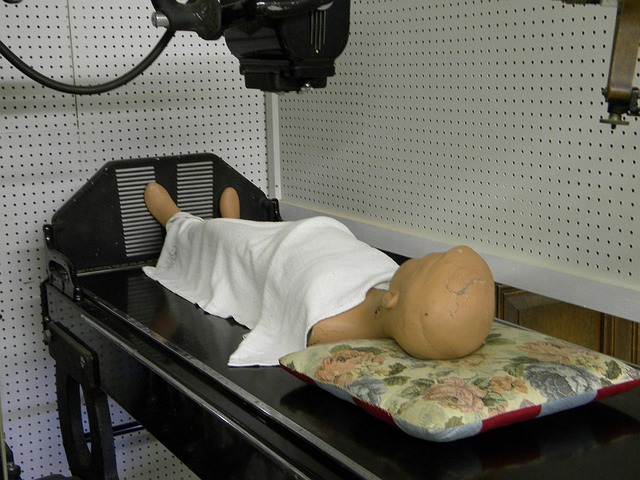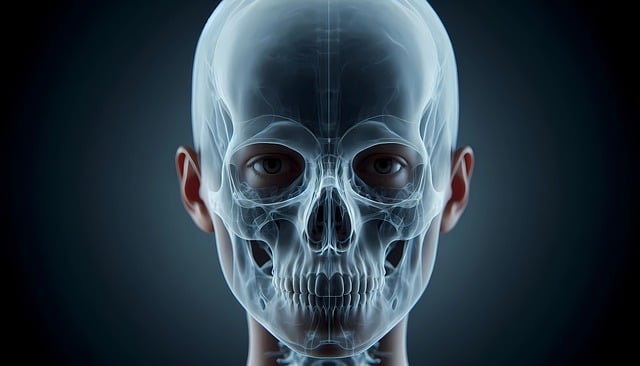After a car accident, immediate care addresses acute symptoms, but long-term chiropractic rehabilitation is key to preventing chronic pain and improving overall health. This holistic process involves regular adjustments, targeted exercises, lifestyle changes, and education to restore natural body alignment and promote wellness. By focusing on consistent care post-accident, individuals can enhance recovery, reduce recurring injuries, improve mobility, and increase quality of life, as supported by research.
After a car wreck, initial treatment focuses on alleviating pain and addressing immediate symptoms. However, healing is a multifaceted process that extends far beyond the acute phase. This article explores the crucial role of long-term chiropractic care in managing and preventing lasting impacts of vehicular accidents. We delve into strategies for comprehensive rehabilitation, emphasizing prompt intervention to enhance recovery longevity. By understanding the unique challenges of car wrecks, individuals can navigate their path to healing, ensuring not just temporary relief but also long-lasting wellness.
- Understanding Long-Term Chiropractic Care After a Car Wreck
- The Impact of Prompt Rehabilitation on Longevity of Recovery
- Strategies for Comprehensive Healing and Preventing Future Complications
Understanding Long-Term Chiropractic Care After a Car Wreck

After a car wreck, many people initially seek chiropractic care to address acute symptoms like neck pain, backache, and headaches. However, understanding long-term chiropractic rehabilitation is crucial for managing ongoing issues that often develop following such traumatic events. Chiropractic care after a car accident isn’t just about fixing immediate injuries; it’s a holistic process aimed at restoring the body’s natural alignment and promoting overall wellness.
Long-term chiropractic rehabilitation involves regular adjustments, specific exercises, and lifestyle modifications to support the healing process. Chiropractors may also incorporate techniques like heat/cold therapy, massage, and electrical stimulation to alleviate pain and reduce inflammation. This comprehensive approach addresses not just the physical aspects of recovery but also mental health, as stress and anxiety commonly accompany auto accidents. By focusing on long-term care, chiropractic professionals help patients avoid chronic pain cycles and enable them to regain control of their lives, ensuring better overall health and quality of life after a car wreck.
The Impact of Prompt Rehabilitation on Longevity of Recovery

The immediate aftermath of a car wreck is a critical period, often marked by acute pain and physical symptoms. However, the true measure of recovery lies in the long-term effects of rehabilitation. Prompt chiropractic rehabilitation plays a pivotal role in this process, offering more than just temporary relief for victims of car accidents. By focusing on long-term chiropractic care after car wrecks, individuals can significantly enhance their road to full recovery and reduce the risk of recurring injuries or chronic pain conditions.
This proactive approach involves a comprehensive set of techniques tailored to address not only the physical symptoms but also the underlying causes of discomfort. Through regular adjustments, chiropractic care promotes healing and supports the body’s natural ability to regain its optimal function. Research suggests that consistent long-term chiropractic rehabilitation can lead to improved mobility, reduced dependency on pain medications, and a higher quality of life for individuals who have experienced car wrecks.
Strategies for Comprehensive Healing and Preventing Future Complications

Healing from a car wreck extends far beyond managing initial symptoms. To ensure comprehensive healing and prevent future complications, individuals often turn to long-term chiropractic rehabilitation. This approach is tailored to address not just physical injuries but also the subtle yet profound effects of trauma on the body’s alignment and function. Chiropractors employ various techniques, including adjustments, exercises, and lifestyle modifications, to restore balance and promote self-healing.
Regular sessions focus on improving spinal health, reducing pain, and enhancing overall mobility. Additionally, education about posture, ergonomics, and stress management plays a crucial role in preventing relapse. By integrating these strategies into daily life, individuals can support their bodies’ natural healing processes, mitigate the risk of chronic conditions, and achieve lasting wellness following a car wreck.
After a car wreck, focusing solely on immediate symptoms is just the beginning. Long-term chiropractic rehabilitation plays a crucial role in ensuring lasting healing and preventing future complications for individuals who have experienced such traumatic events. By understanding the impact of prompt rehabilitation and employing comprehensive healing strategies, individuals can achieve optimal health and wellness well beyond the initial recovery phase. This holistic approach empowers folks to take control of their well-being, fostering a vibrant and active life free from the constraints of past injuries.














